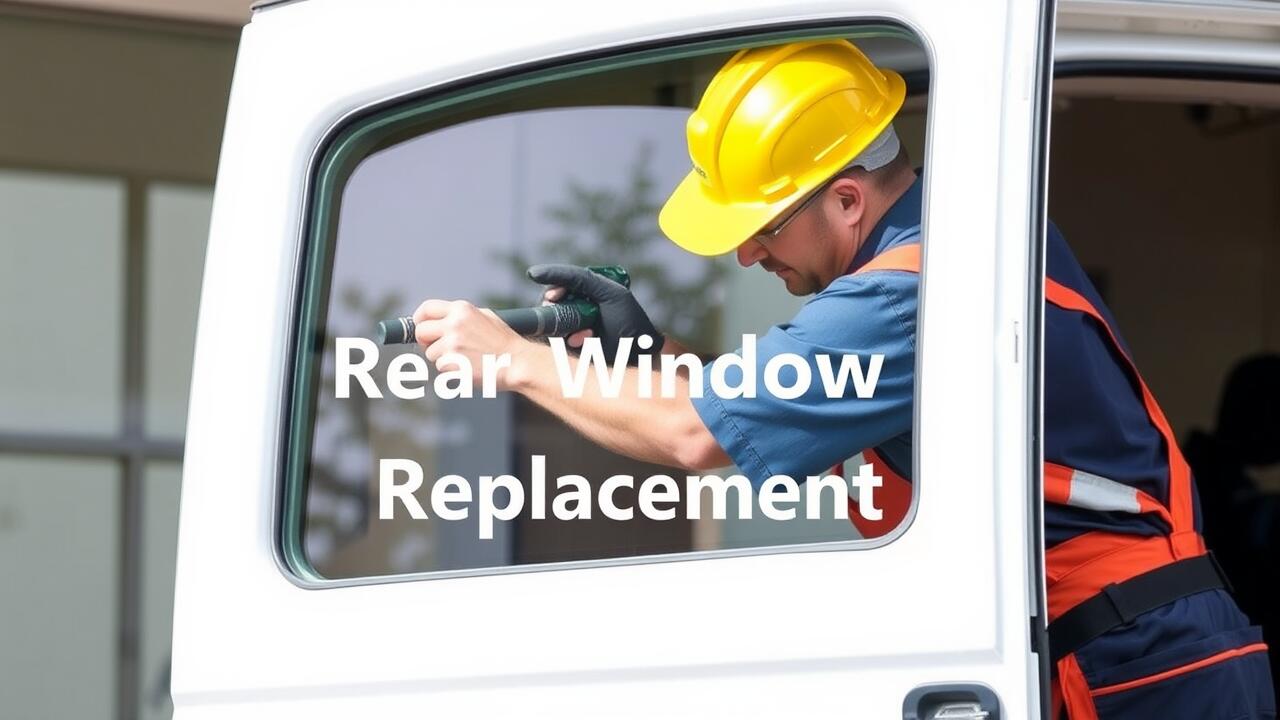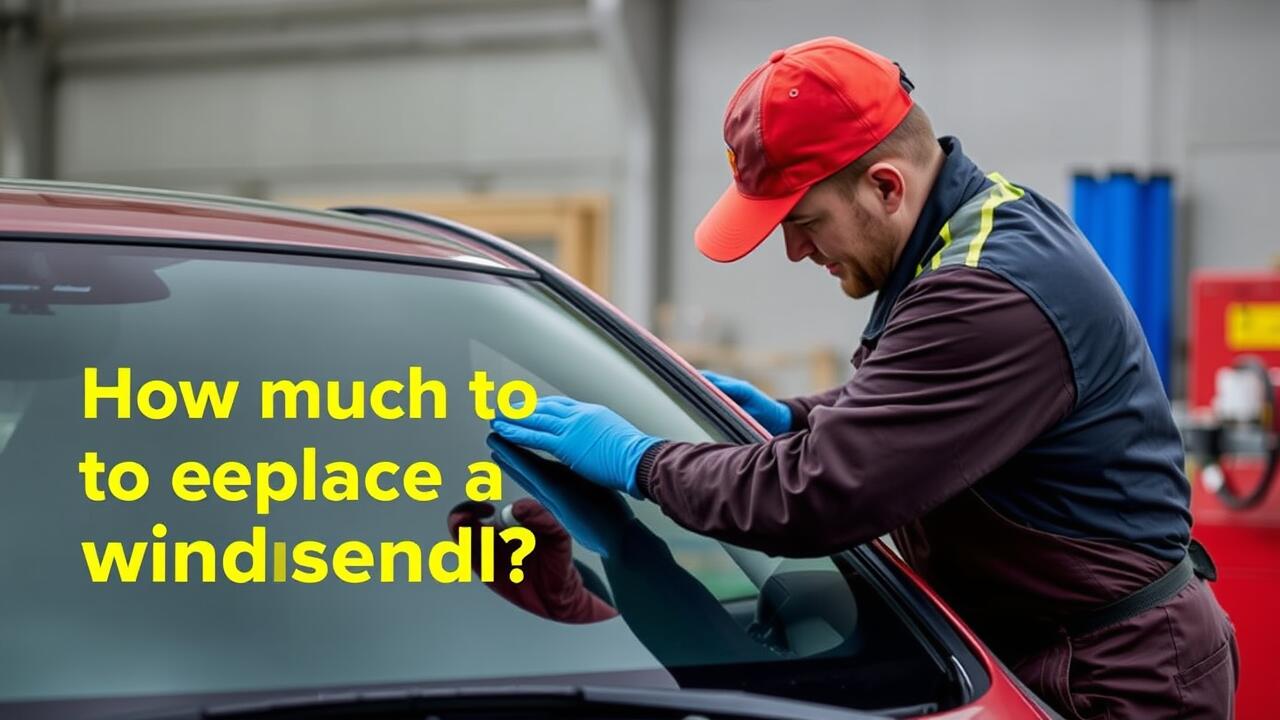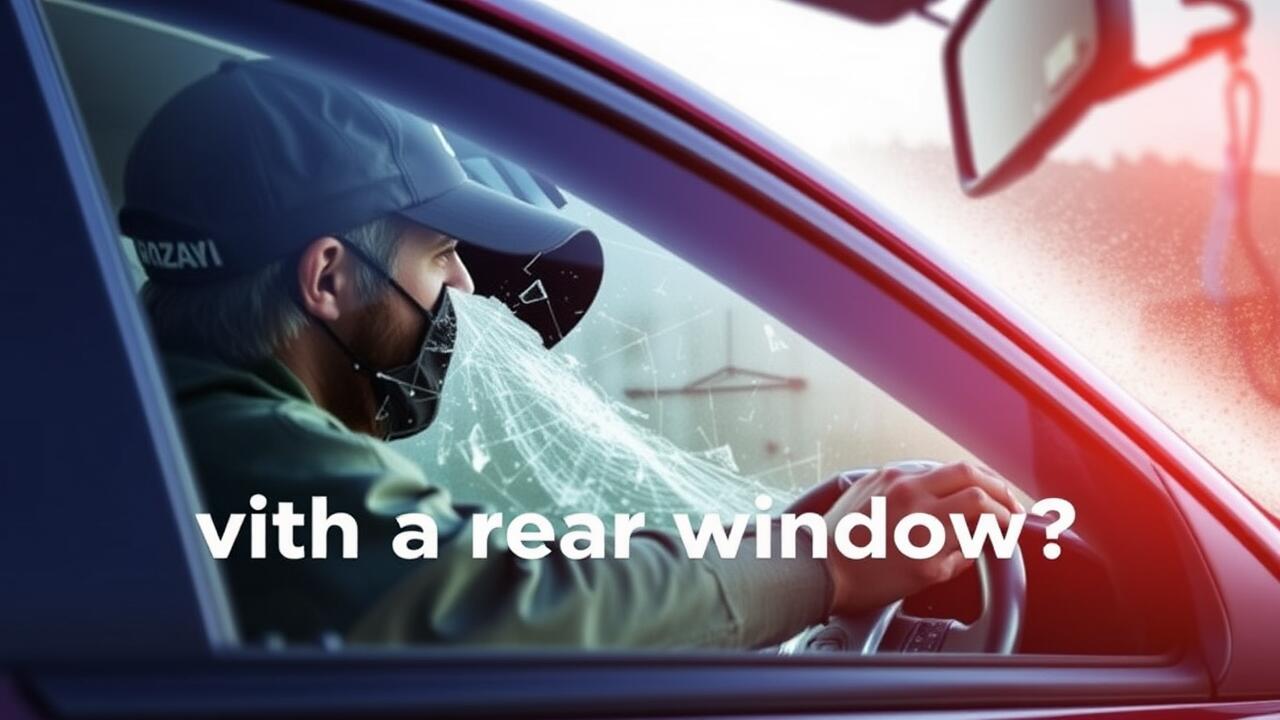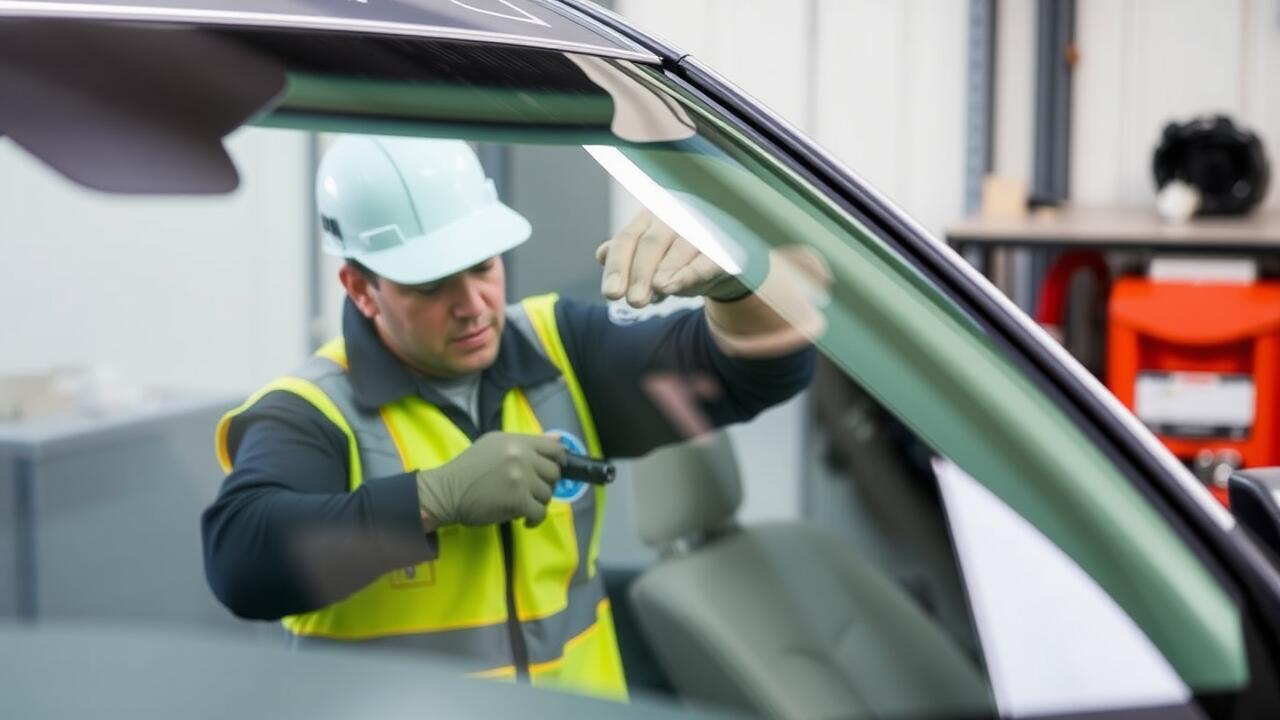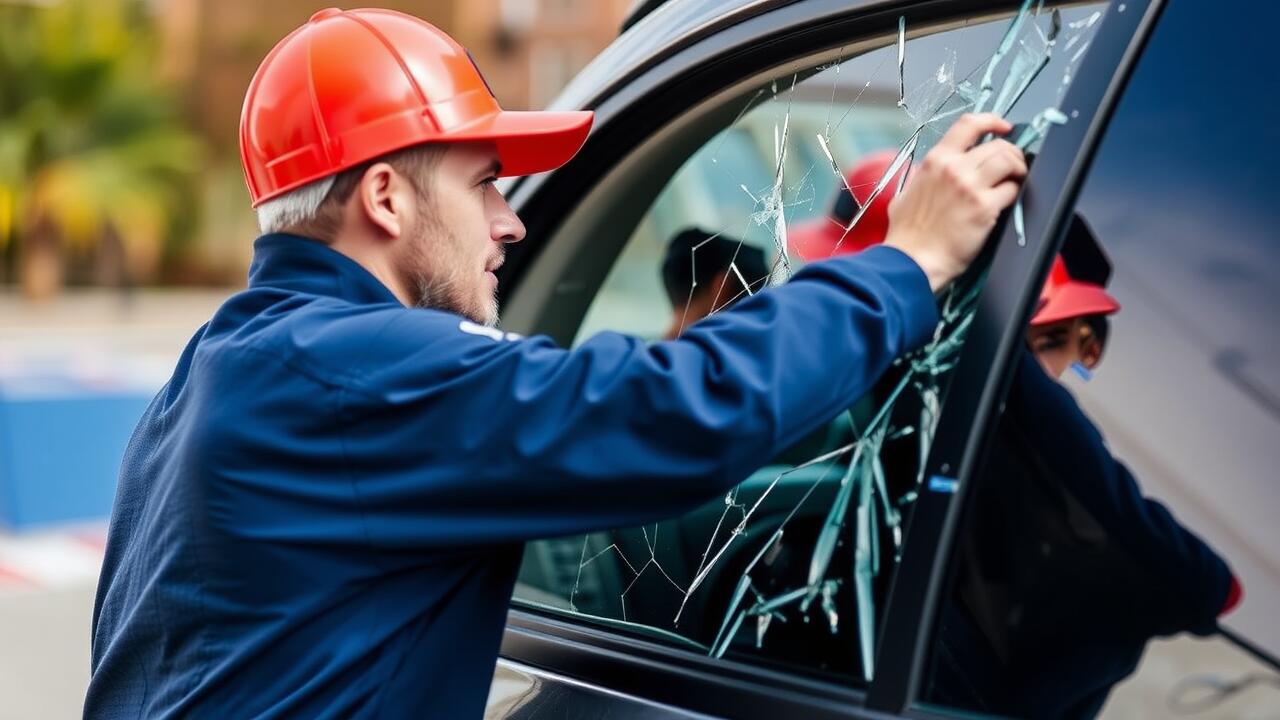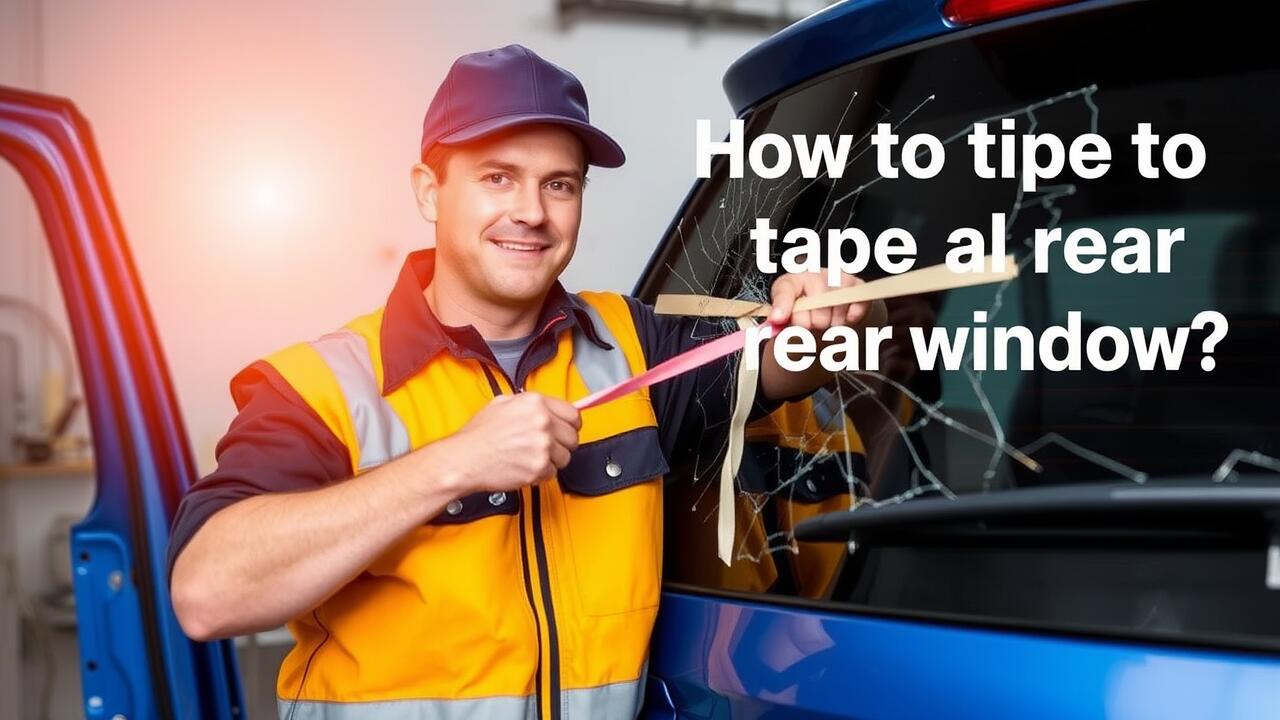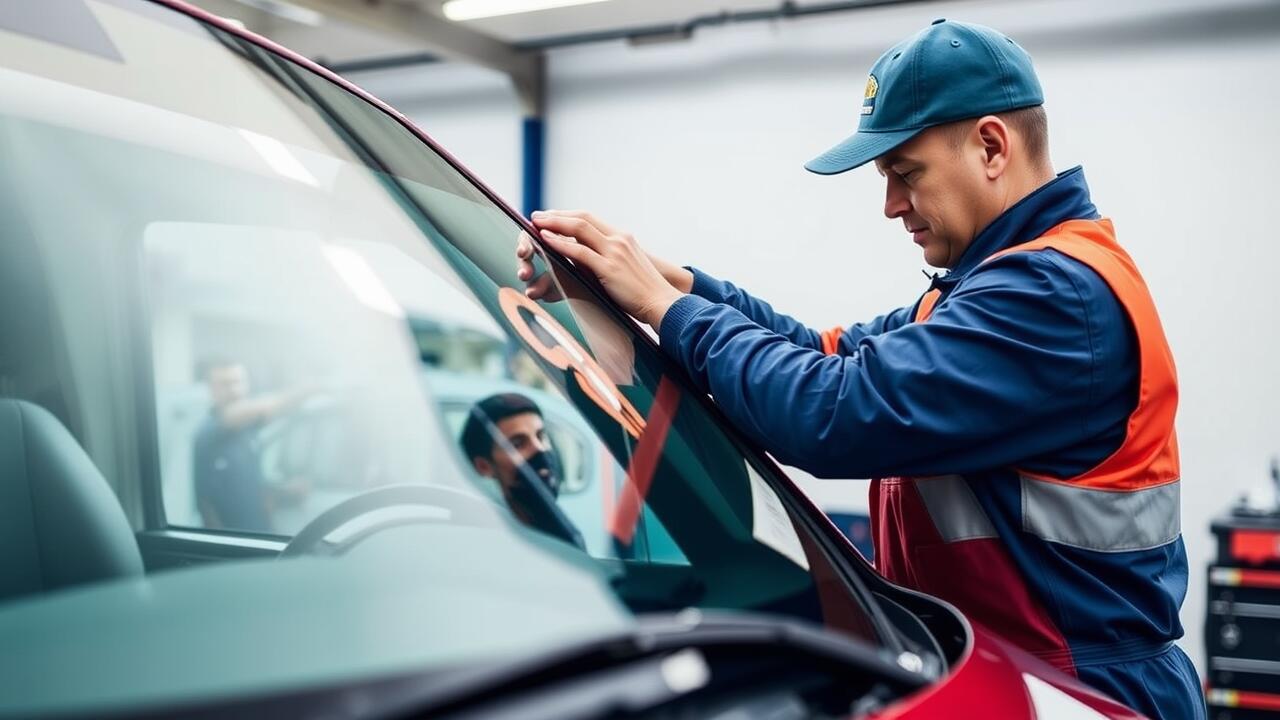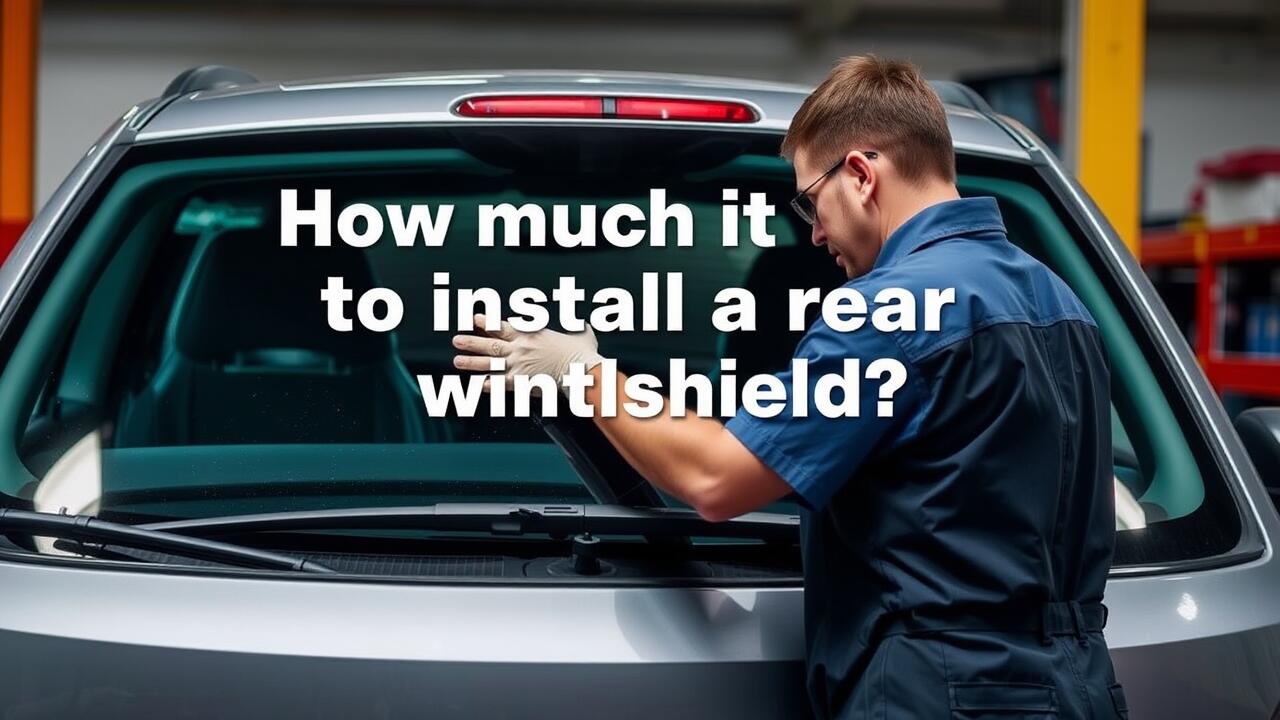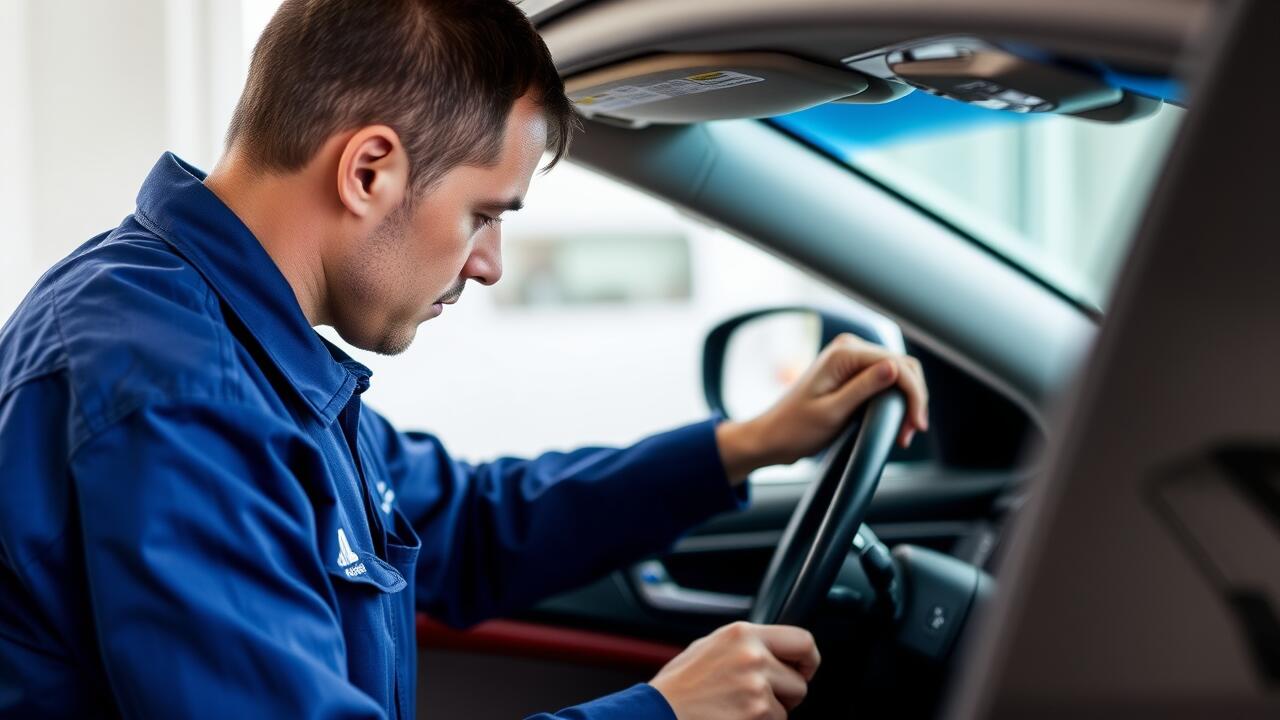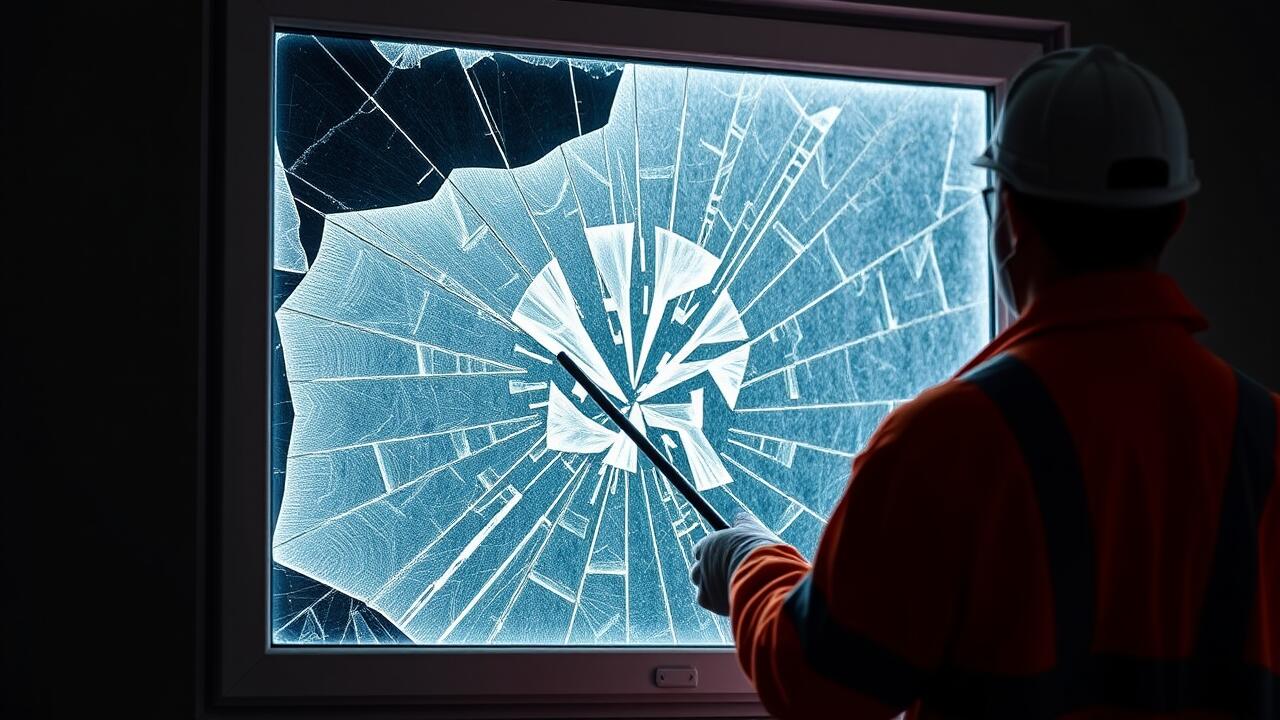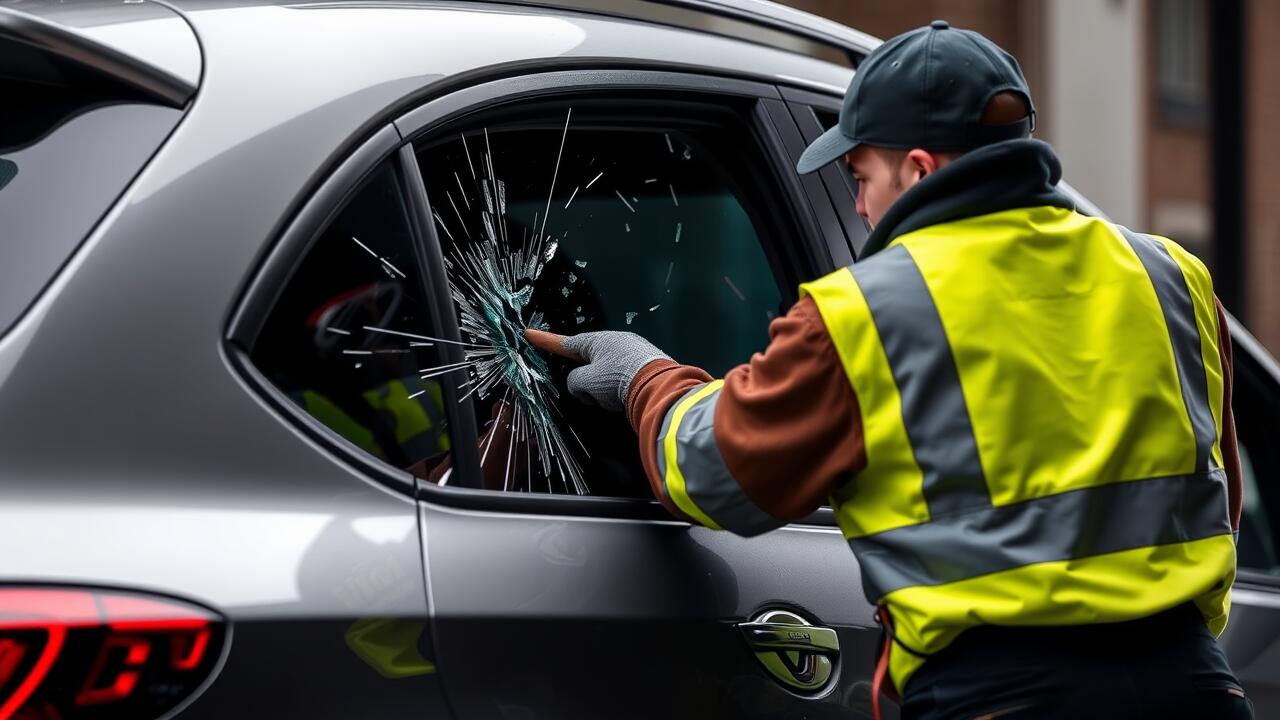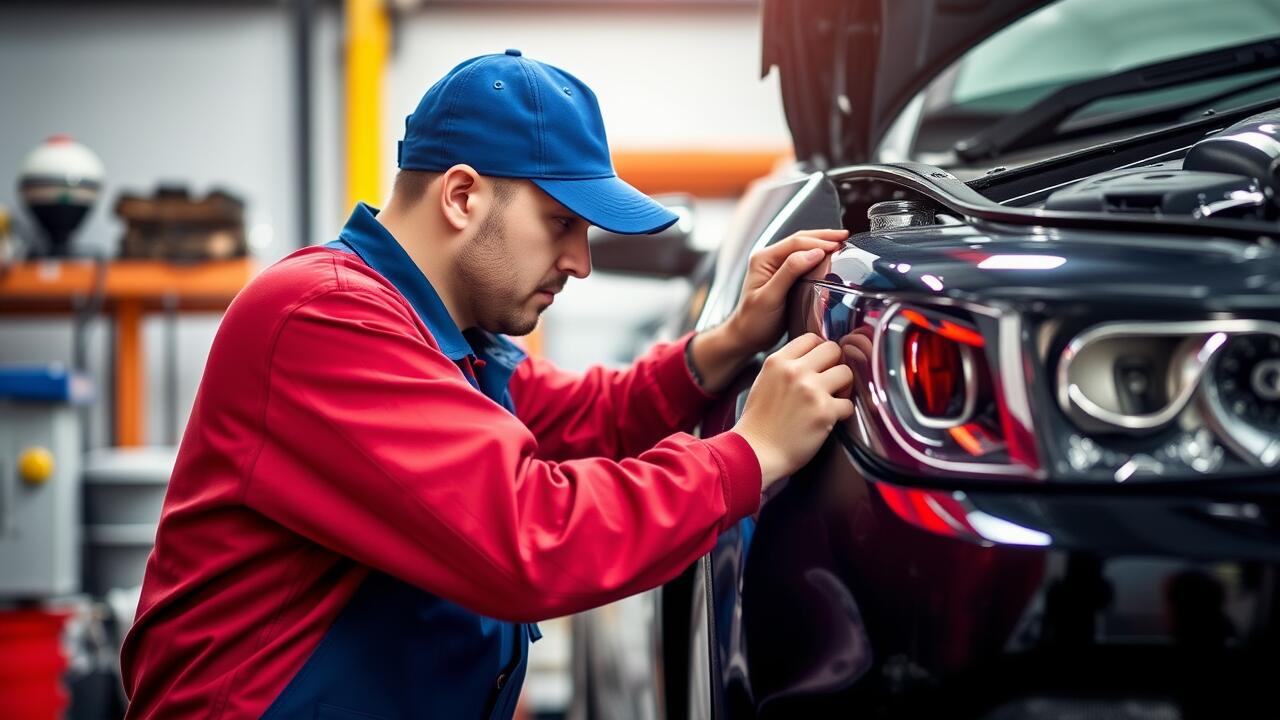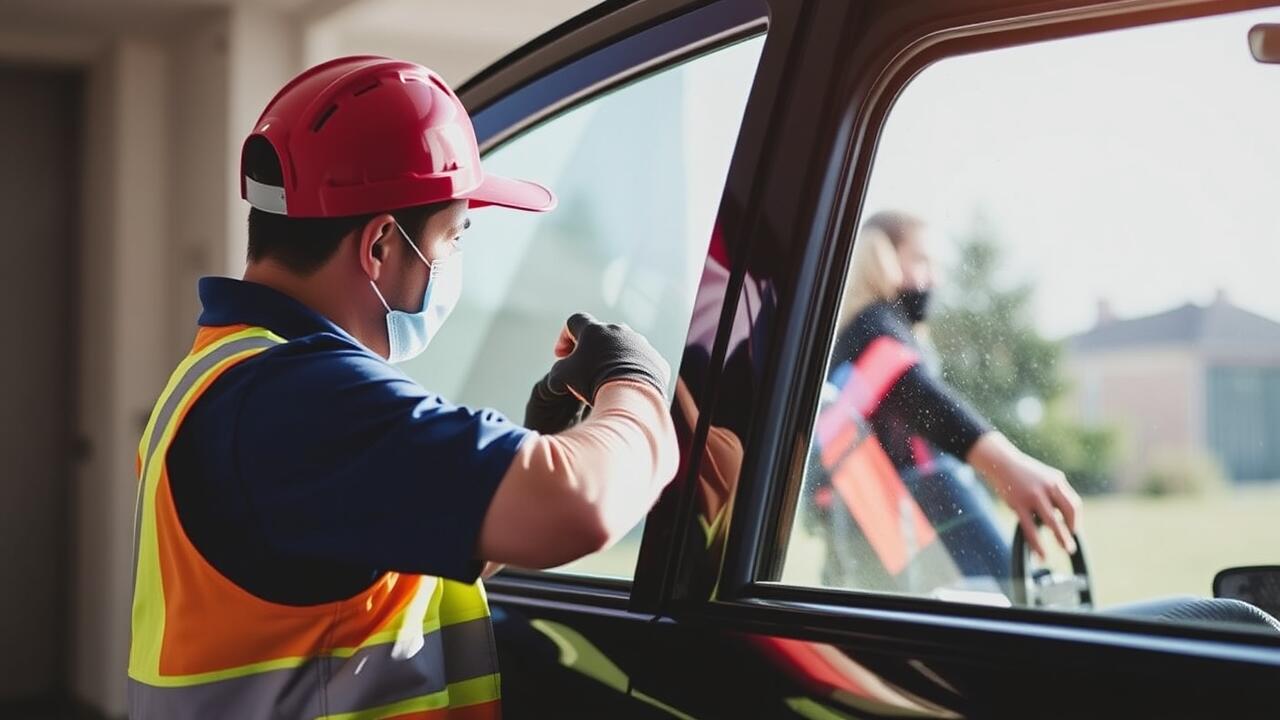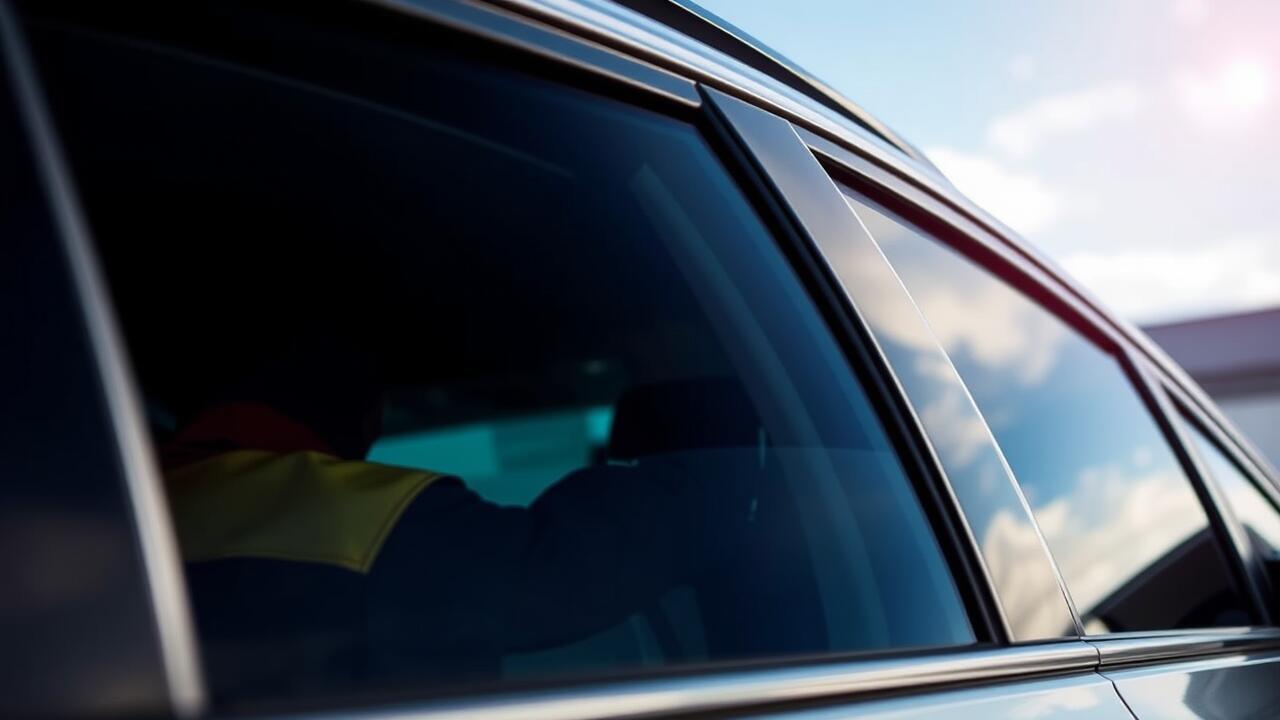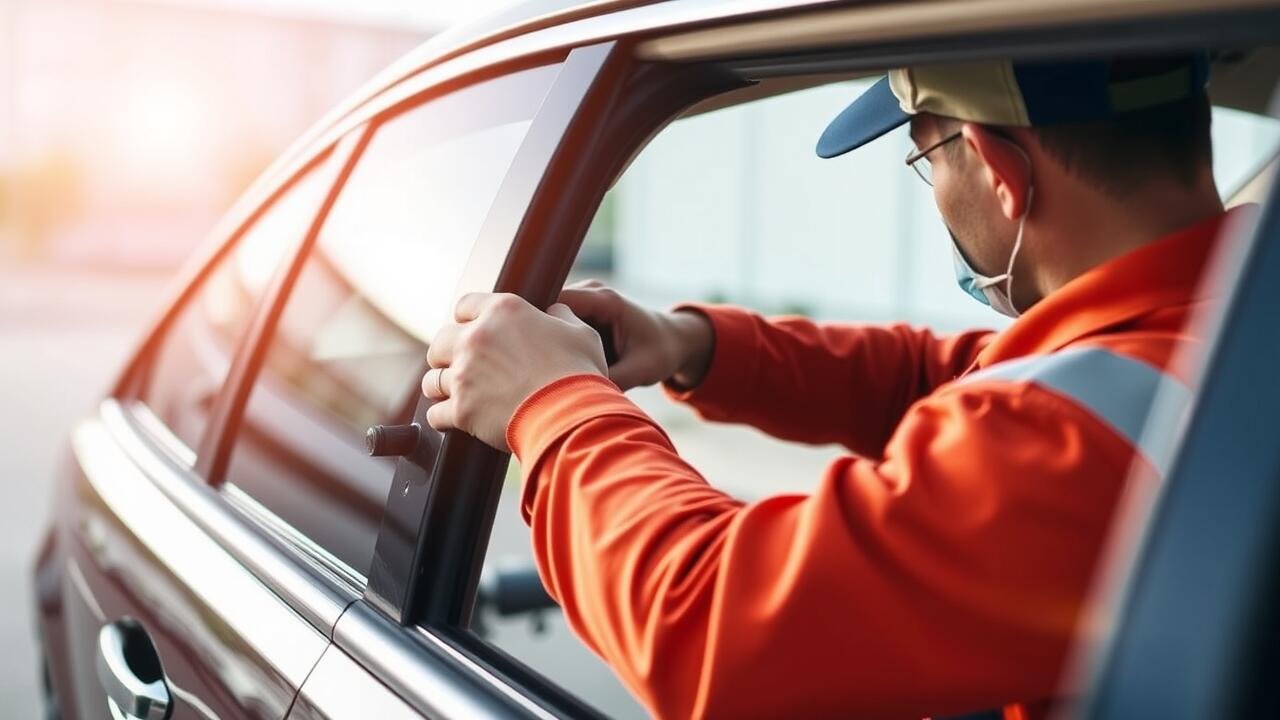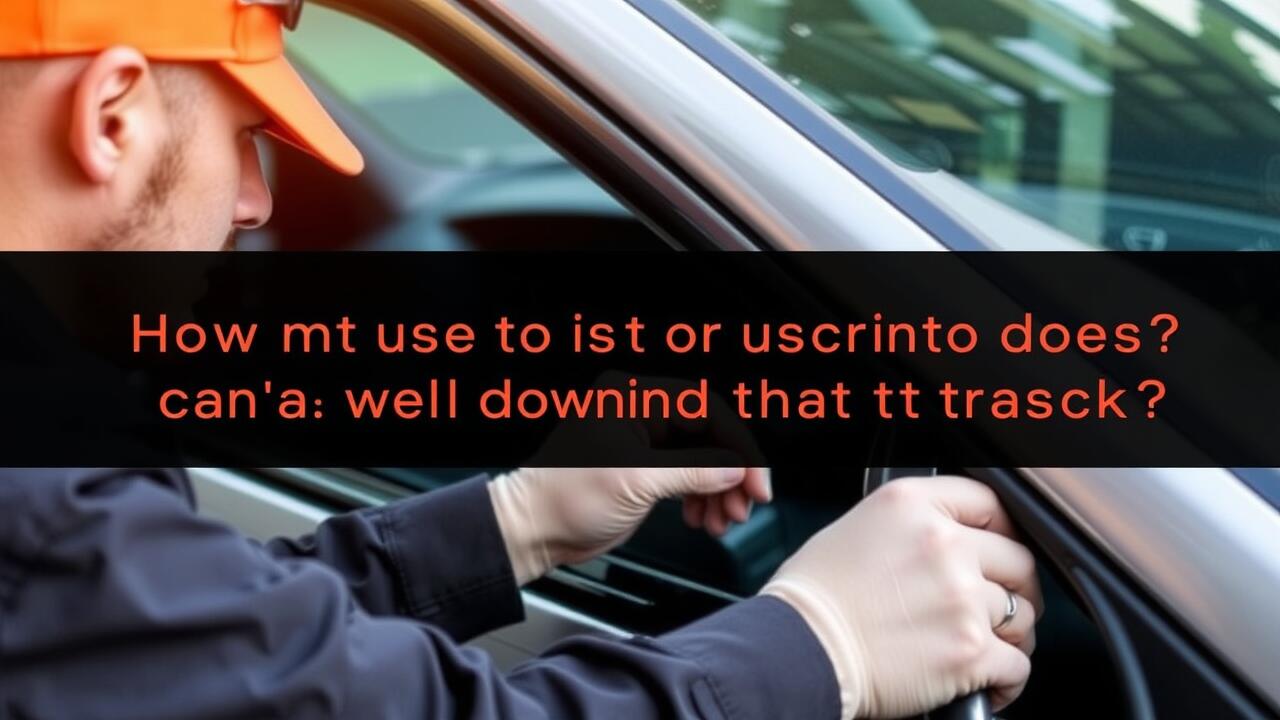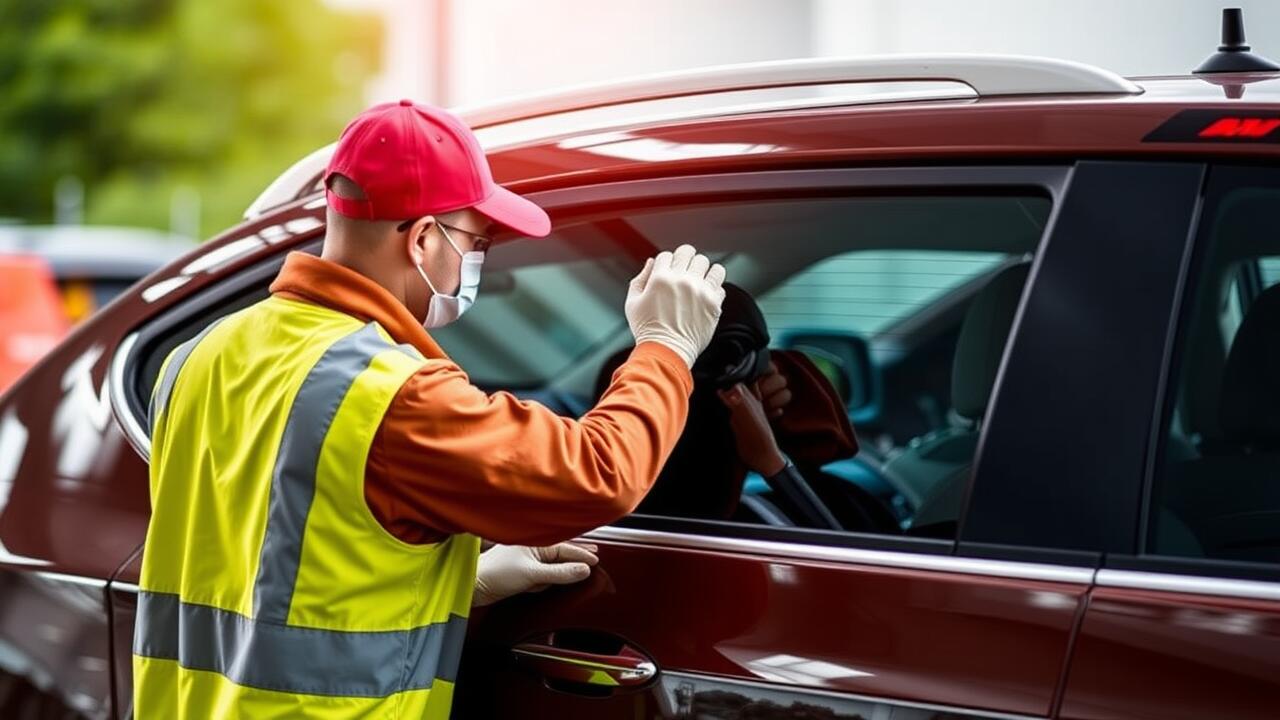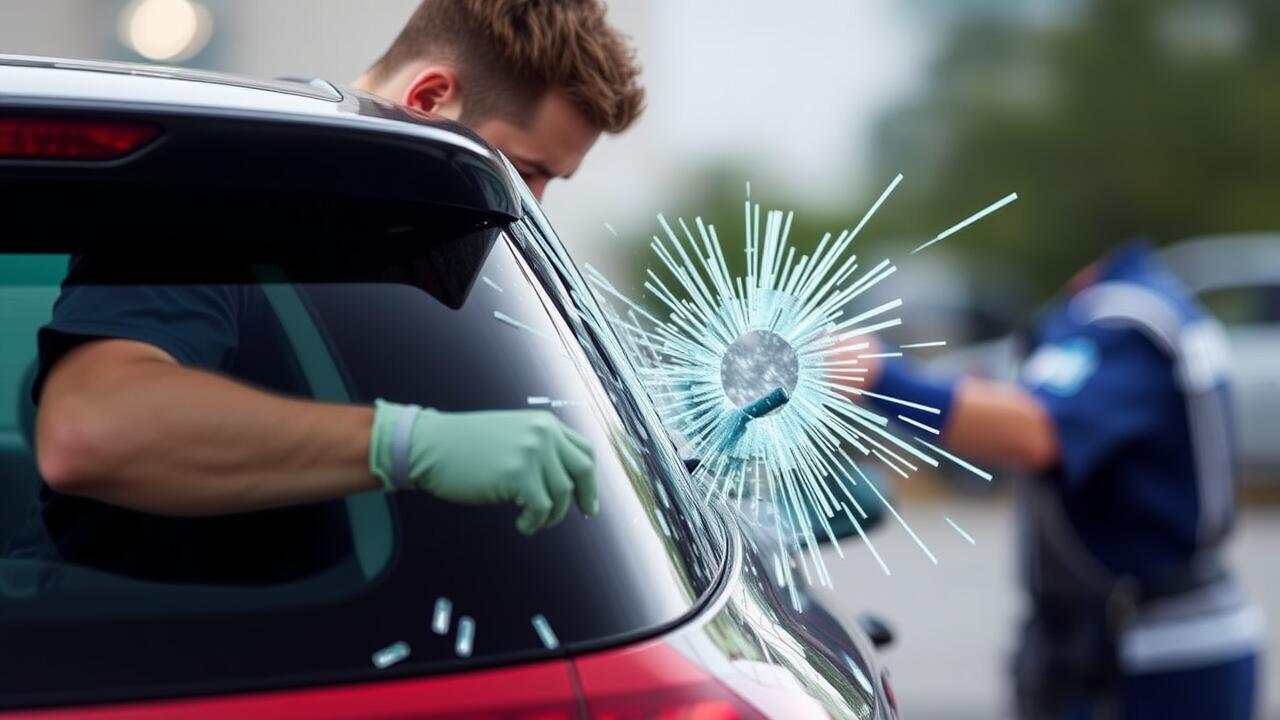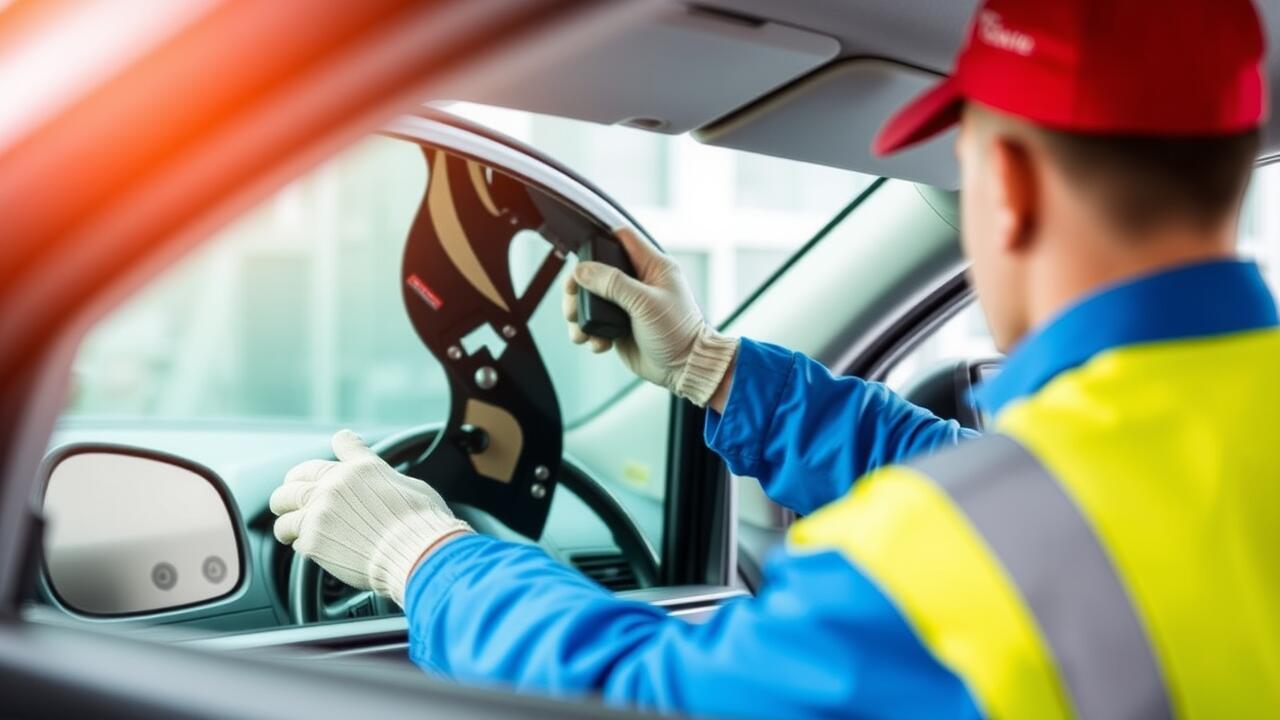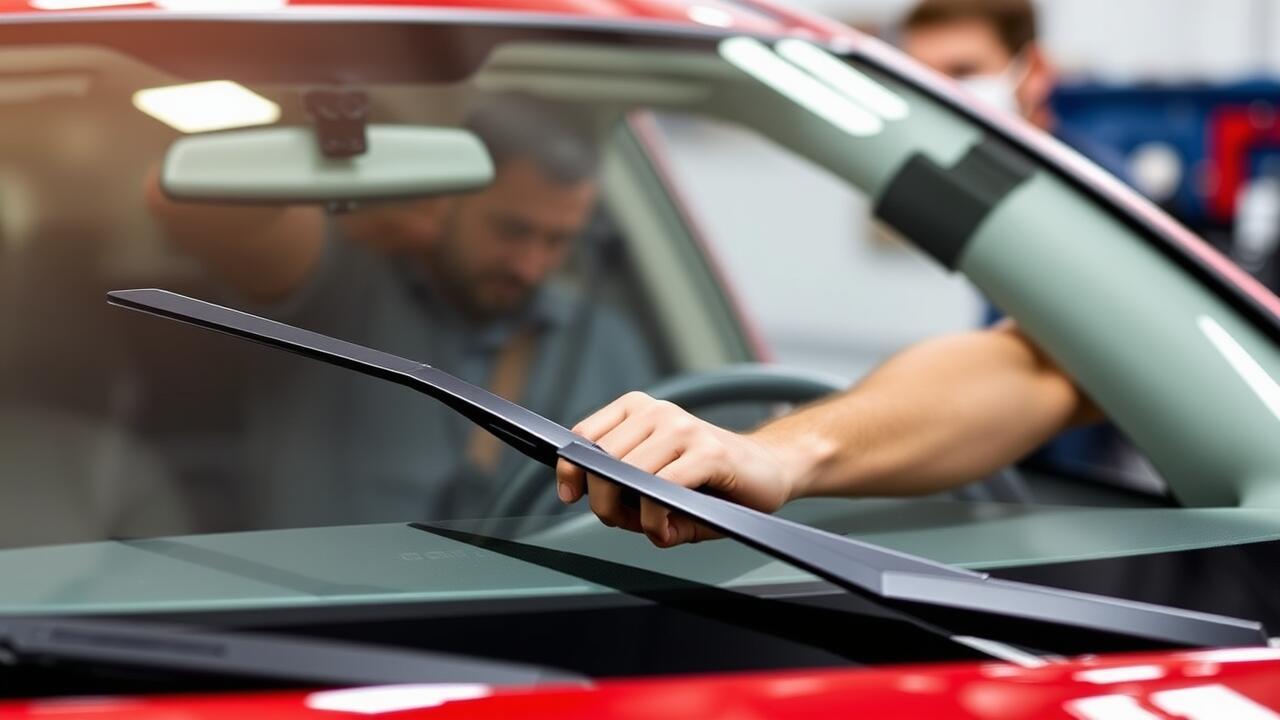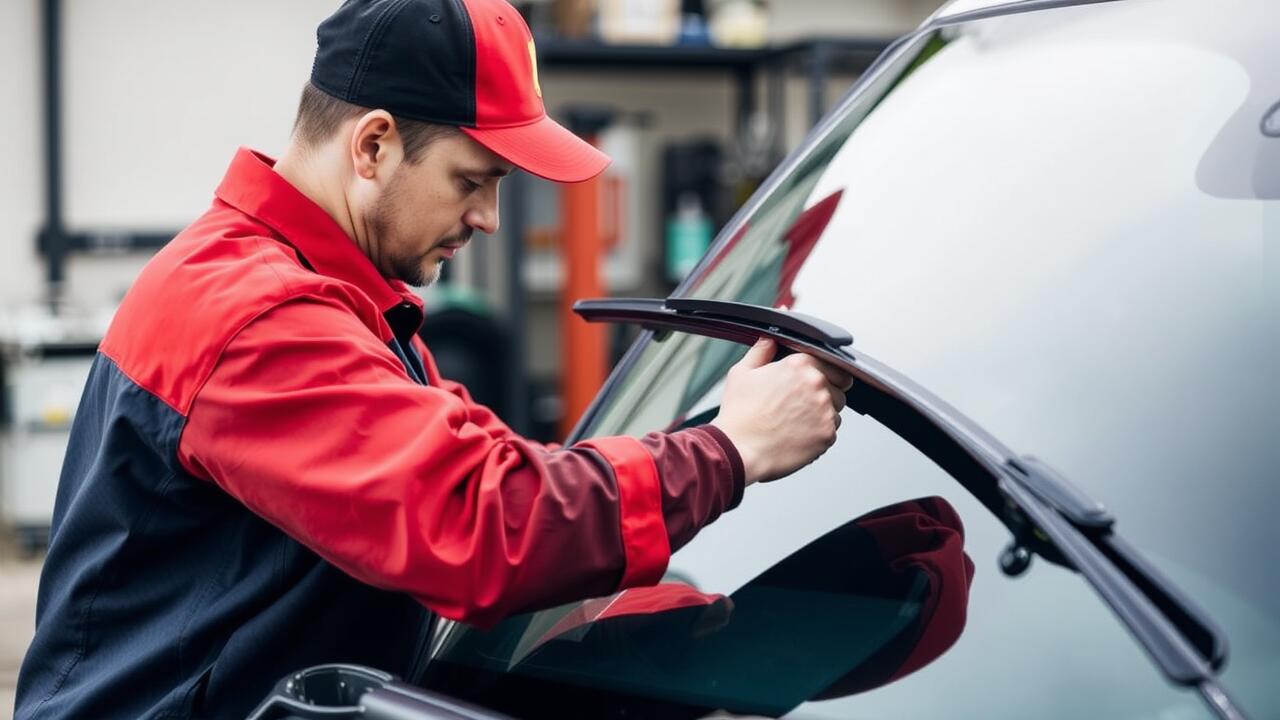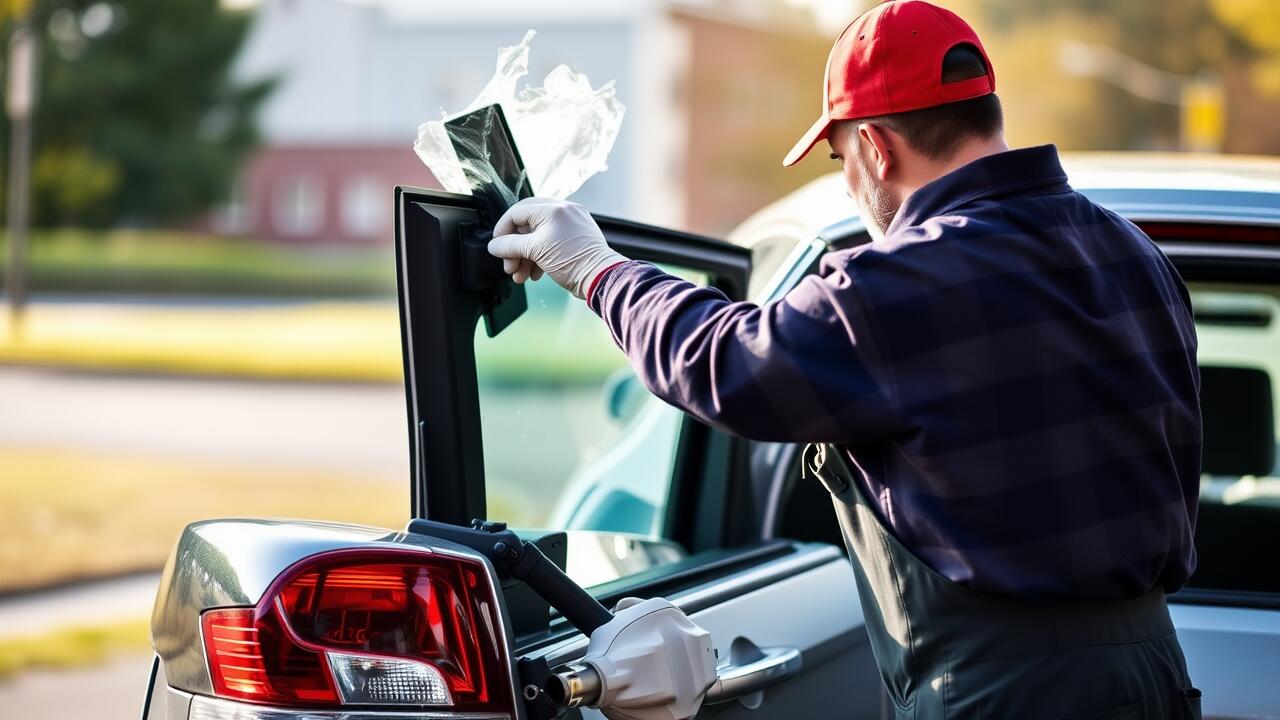
Table Of Contents
Long-Term Risks of Ignoring Back Window Damage
Ignoring damage to a back window can lead to significant long-term risks. A shattered or broken window can compromise not only the vehicle’s aesthetic appeal but also its structural integrity. Over time, exposure to the elements can worsen existing damage and may lead to issues like rust or mold forming within the car. Water intrusion can cause damage to interior components, leading to expensive repairs far exceed the cost of simply opting for a rear window replacement.
In addition to physical issues, driver safety is a critical concern. A compromised rear window limits visibility, increasing the likelihood of accidents. Other drivers may struggle to gauge your vehicle’s movements, which can lead to misunderstandings on the road. As structural issues develop, the overall safety of the vehicle may decline, creating a risk not just for the driver but for others. Addressing window damage promptly through rear window replacement mitigates these risks and promotes safer driving conditions.
Structural Integrity and Potential Repairs
A broken back window can compromise the vehicle's structural integrity. The rear window plays a critical role in maintaining the overall strength of the vehicle’s frame. When this component is damaged, it can affect the alignment and durability of other parts. Additionally, without proper sealing, leaks may develop, which can lead to further damage to the interior of the car, such as mold or electrical issues.
Opting for a Rear Window Replacement is essential in restoring the vehicle to its original condition. This process involves removing the damaged glass and ensuring that the new window is securely fitted. A professional service can guarantee that the replacement is done correctly, preventing potential problems in the future. Attempting to delay this repair may lead to more extensive damage, ultimately increasing repair costs and affecting the vehicle’s safety on the road.
Insurance Considerations After a Window Break
When dealing with a broken back window, it’s crucial to understand your insurance options. Many auto insurance policies include coverage for window damage, but the specifics can vary widely. If you have comprehensive coverage, it typically handles repairs such as rear window replacement due to non-collision incidents like vandalism or weather damage. Reviewing your policy details will clarify your coverage limits and associated deductibles.
In the event of a broken back window, you should initiate the claims process as soon as possible. Gather all relevant information, including photos of the damage and any police reports if applicable. Contact your insurance provider to report the incident and inquire about the necessary documentation for rear window replacement. Understanding your policy will help you navigate the claims process effectively, reducing the stress of unexpected repair expenses.
Coverage Options and Claims Process
When dealing with a broken back window, car insurance coverage can vary significantly. Many policies include provisions for glass damage, which may cover the cost for rear window replacement. It's important to review your policy for specific details regarding glass coverage. If you have comprehensive insurance, it is more likely that your claim will be approved, simplifying the process of getting repairs completed.
Filing a claim for rear window replacement usually begins with contacting your insurance company. They may require you to provide details about the incident leading to the damage, along with any police reports if applicable. After your claim is submitted, an adjuster might be assigned to evaluate the damage and determine the reimbursement amount. Promptly gathering documentation and keeping records will help ensure a smoother claims process.
When to Seek Professional Help
If you notice significant damage to your broken back window, it is crucial to seek professional help immediately. Cracks or shattered glass can impair visibility, increasing the risk of accidents. Additionally, the lack of a secure rear window may expose your vehicle’s interior to weather elements, leading to further damage. Delayed action could also lead to the need for more extensive repairs.
When considering Rear Window Replacement, it's essential to consult with a qualified technician. They can assess the extent of the damage and recommend the best course of action. Knowing when to seek expert evaluation not only ensures your safety but also helps maintain the overall integrity of your vehicle. Getting prompt assistance can save you time and money in the long run.
Signs That Require Expert Evaluation
Driving with a broken back window may seem manageable in the short term, but several warning signs indicate the need for professional evaluation. If you notice excessive noise while driving or a constant draft inside the car, these issues could be symptoms of a larger problem. Additionally, if the glass is shattered or there are noticeable cracks extending beyond the immediate area of impact, this damage may compromise the integrity of the vehicle.
Another critical factor is the appearance of water leaks or condensation inside the vehicle. This could lead not only to interior damage but also potential electrical issues if moisture reaches sensitive components. In such cases, rear window replacement becomes an essential step. Ignoring these signs can lead to more serious complications and increased repair costs over time.
FAQS
Is it legal to drive a car with a broken back window?
While laws vary by state, driving with a broken back window is generally not advisable as it can impair visibility and may lead to fines. It’s best to check your local regulations.
What are the risks of driving with a broken back window?
Driving with a broken back window can pose several risks, including decreased structural integrity of the vehicle, exposure to the elements, and potential safety hazards in the event of a sudden stop or accident.
Will my insurance cover the cost of repairing a broken back window?
It depends on your insurance policy. If you have comprehensive coverage, it may cover repairs to a broken back window. Be sure to check your policy details and contact your insurer for specific information.
How can I tell if my vehicle's structure has been compromised after a back window break?
Signs of compromised structural integrity include misaligned doors, difficulty closing the trunk, and unusual noises while driving. If you notice any of these issues, it’s important to seek professional help.
What should I do if I can't afford to repair my broken back window immediately?
If immediate repairs are not financially feasible, consider using temporary solutions such as plastic sheeting or duct tape to cover the broken area. However, prioritize getting it fixed as soon as possible for safety and legal reasons.
